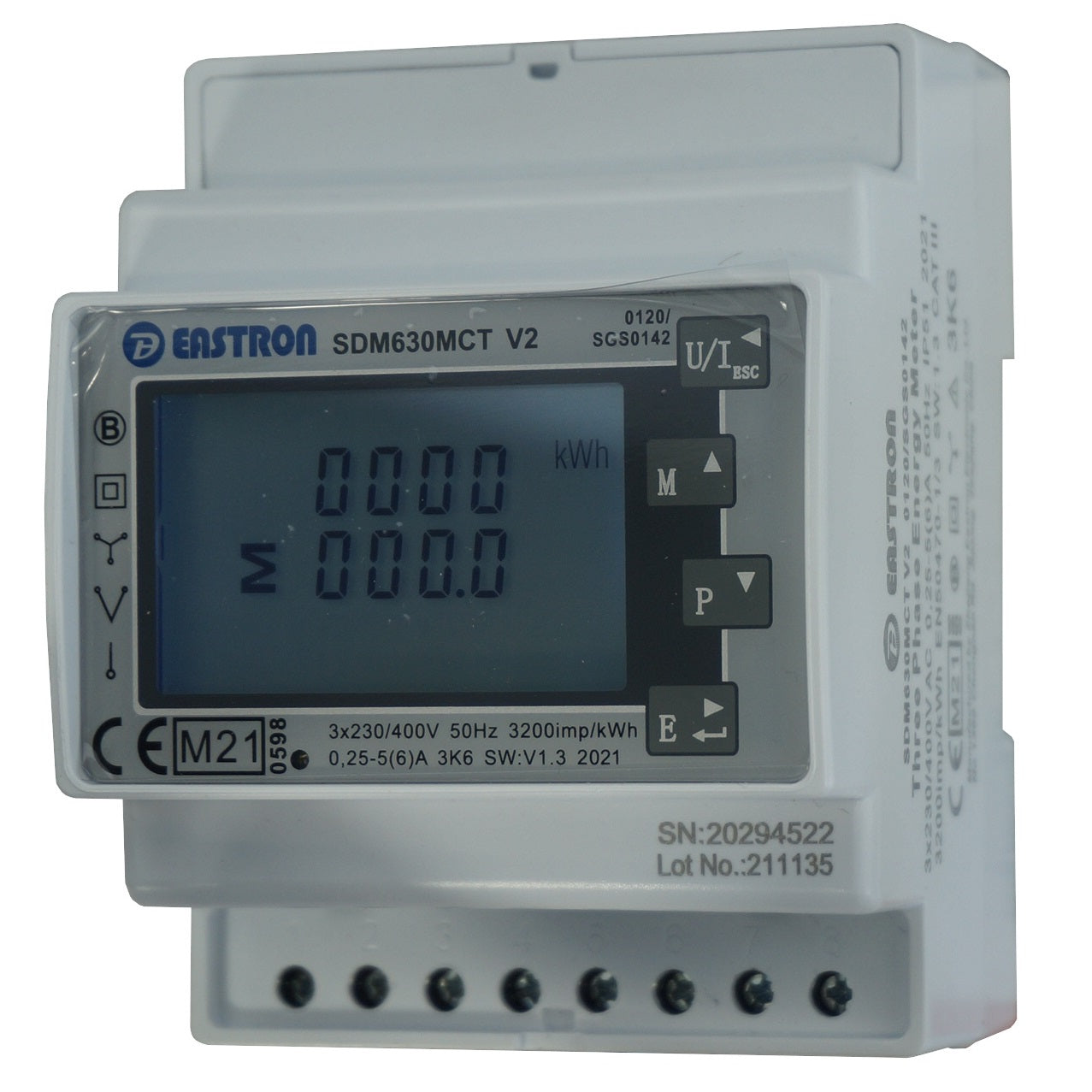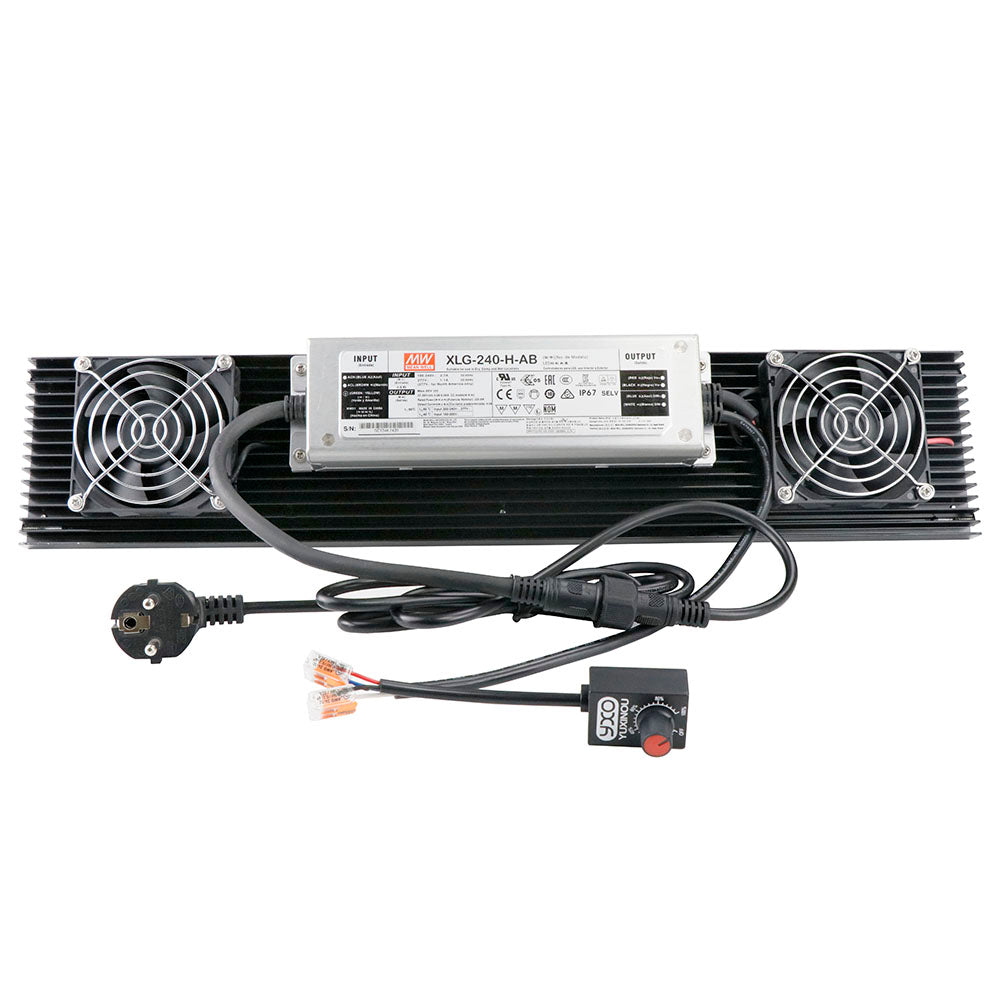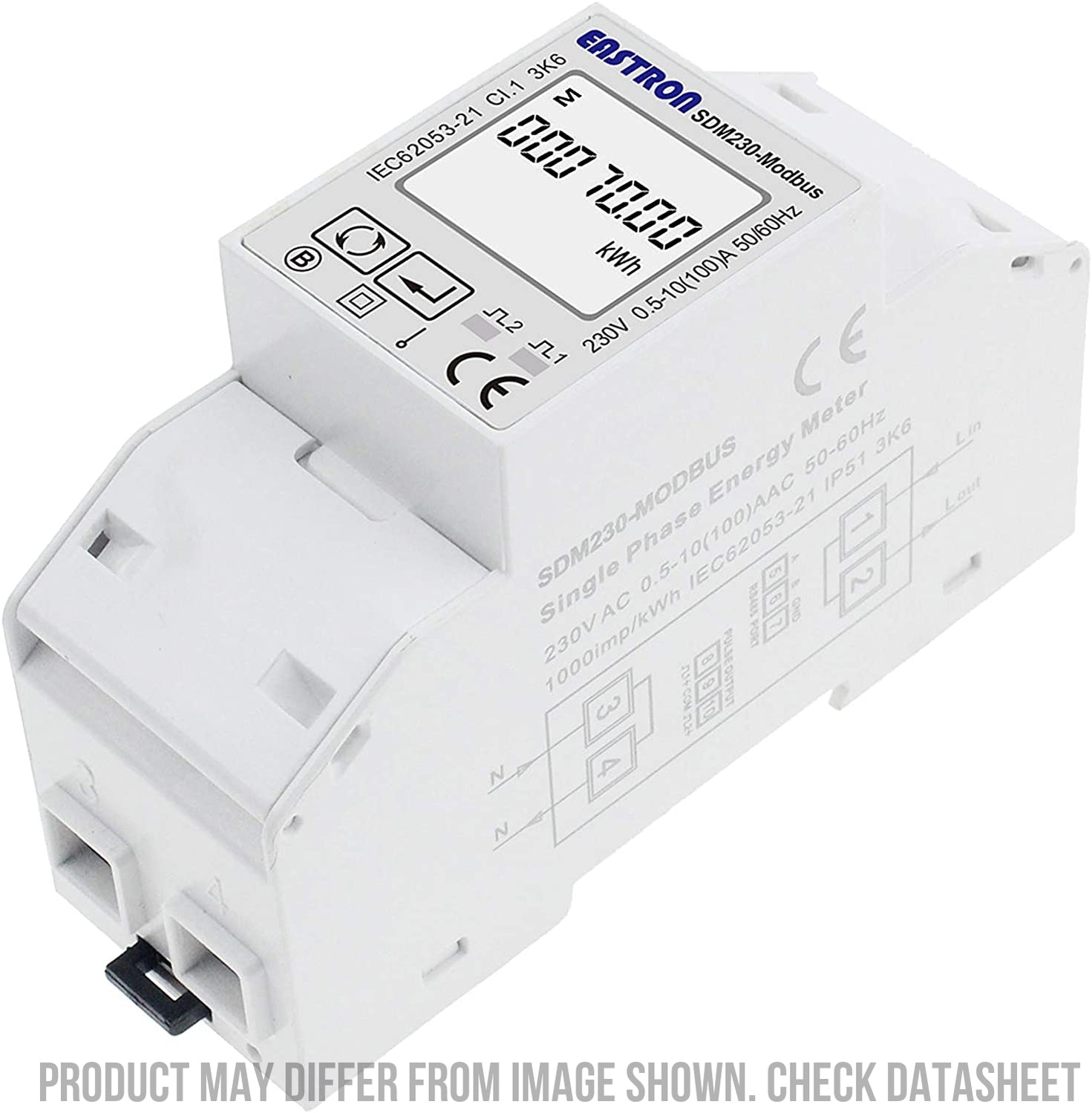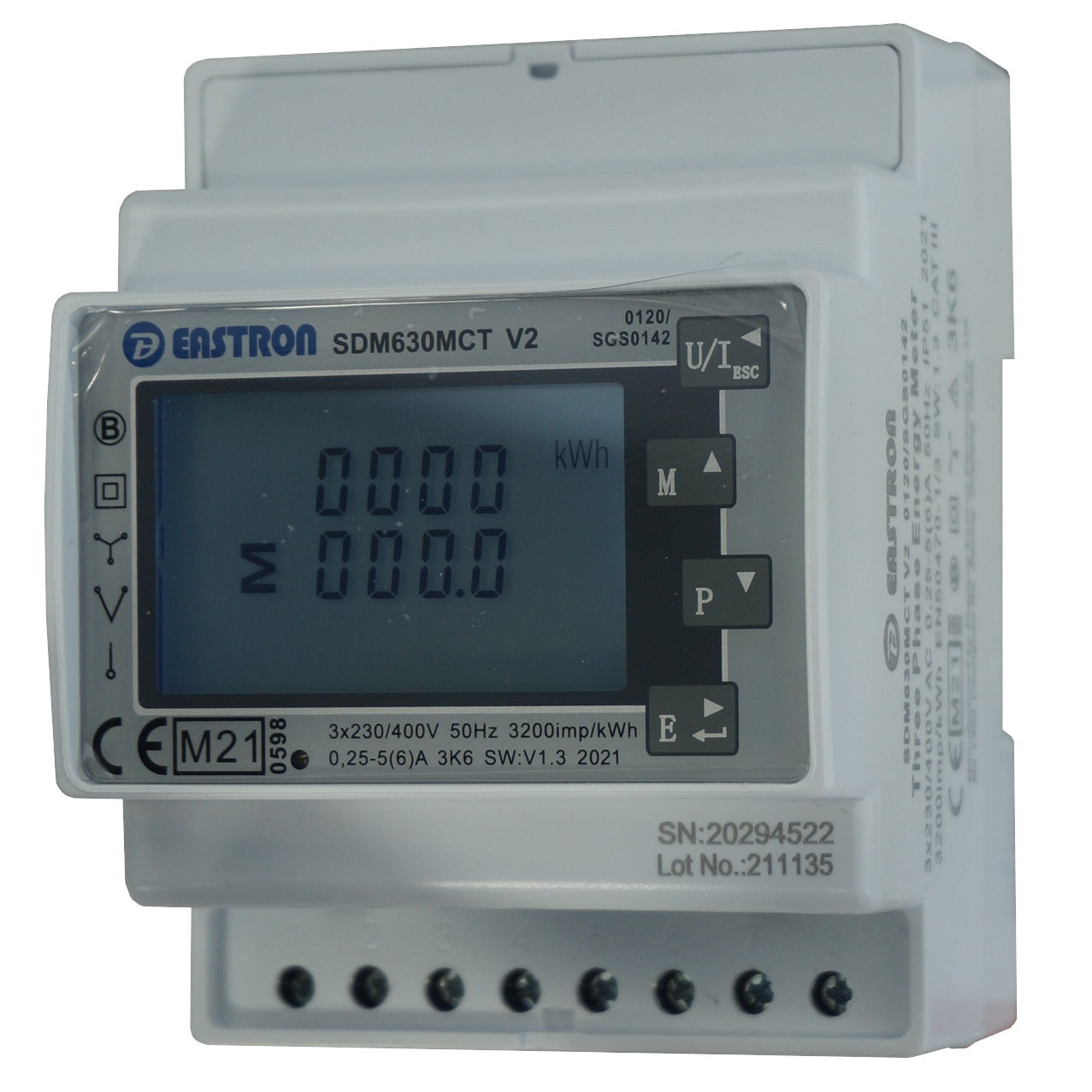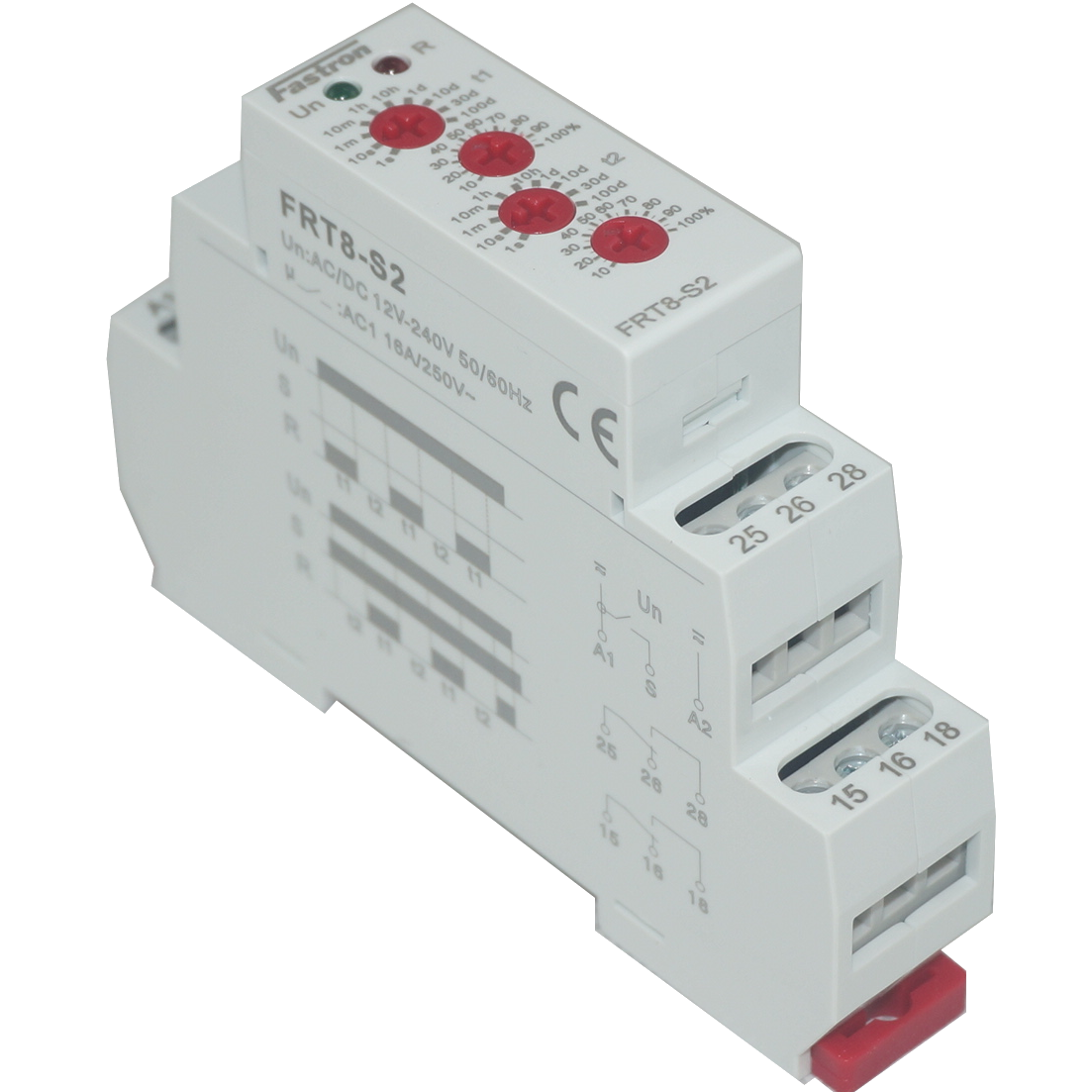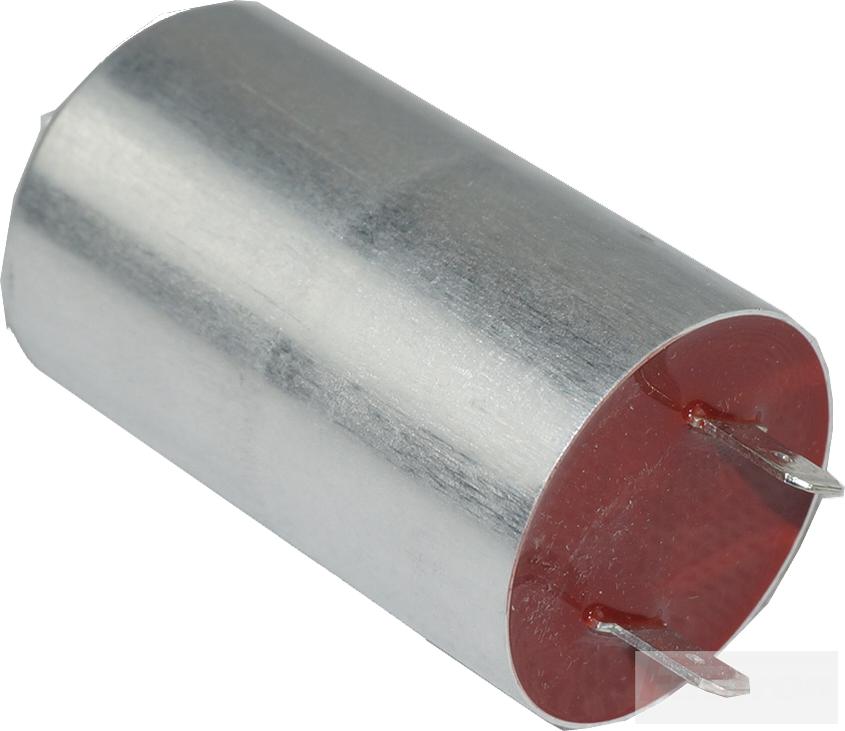
Repeatability vs Accuracy in Sensors
Repeatibility vs Accuracy in Sensors
In applications where absolute accruacy is required, you need to ensure you meet the accuracy required in the scope/sepcifications of any given project. For example for accurate measurement of energy use for the purpose of billing.
However there are many applications where absolute accruacy is not as important as being able to reliably and repatedly measure a specific setpoint. For example to target the limit for export control in solar systems.
What is repeatability?
Repeatability is a measure of the sensors ability to sequentially measure to the same target value
What is Accruacy?
Accuracy is how close a sensor can measure to the actual (true) value
How to Calculate Repeatability?
In order for something to be repeatable, it should be done under the same conditions with the same tools and the same operator. How you perform a repeatability test will depend on whether your experiment is linear or non-linear. For either type of experiment, you must determine what you are measuring and your measurement range. Some common measurements include temperature, pressure, and voltage. For a linear experiment, you would choose a range between high and low values and choose two test points. In most experiments, this is 10% and 90% of the chosen measurement range. When performing a non-linear test, a minimum of three test points should be chosen. However, this is highly dependent on the type of work you are doing and may require more test points to avoid errors.
Once you have created your criteria, you can perform your experiments a set number of times. The number of times you repeat your experiments is highly dependent on the experiment itself. For the most accurate results, you will want to perform the experiment at least 20 times. However, this may not be feasible for expensive and time-consuming experiments. You will need to determine what is within reason and repeat the experiment the maximum number of times you find feasible and realistic.
During your experiments, you will need to collect and record all data. At the end, you will need to calculate the degrees of freedom, mean, and standard deviation. The standard deviation will give you a measure of the variation of your data. A small standard deviation indicates the data is close to the average. You want a small standard deviation when trying to achieve repeatability.
For further clarification feel free to contact the freindly technical team at Fastron Electronics


